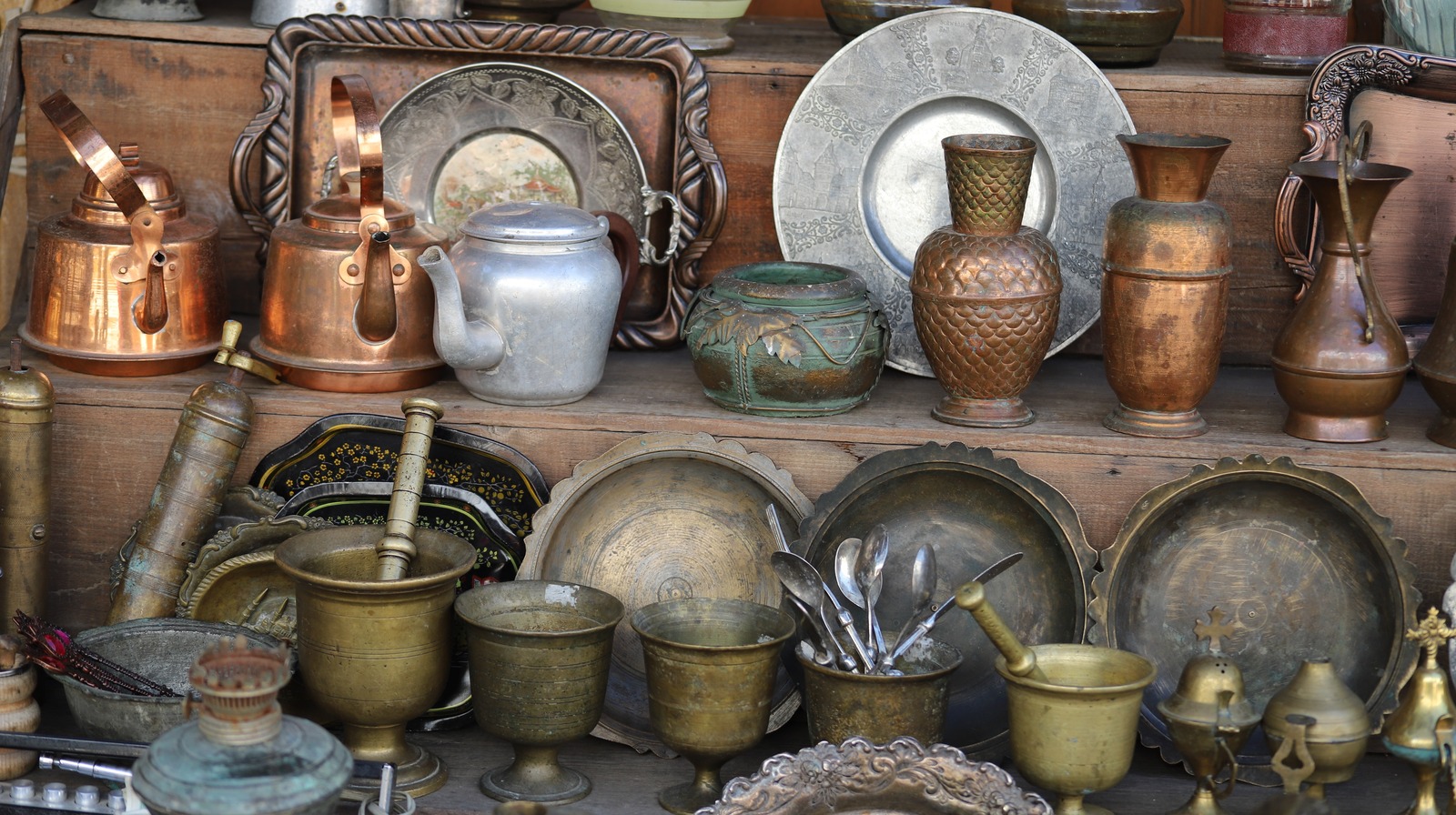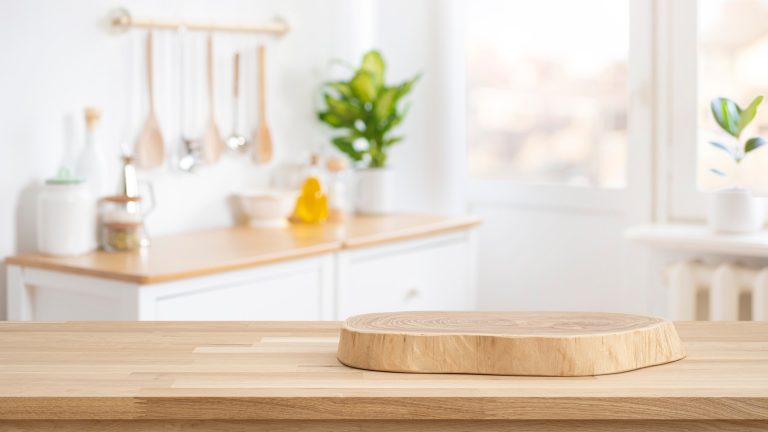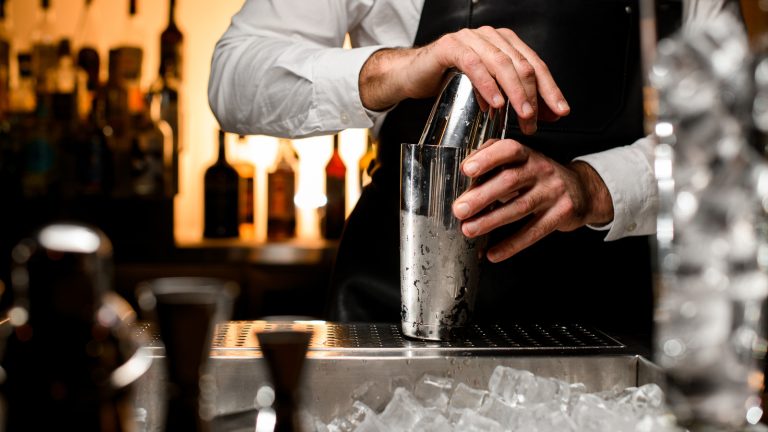If you’ve ever tried to cook from a very old cookbook or family recipe — and by this, we mean early 20th century or before — you may have found the recipes rather cryptic. Instead of specific cooking times, you’d get borderline useless instructions such as “cook until done.” And then there are all those odd units of measurements — how much goes into a wine glass, and is it more than what goes into a teacup? And whose teacup, exactly, are we supposed to be using?
The authors of these recipes, however, weren’t trying to be deliberately obtuse. Back then, they could correctly assume that anyone using a cookbook grew up learning to cook and would thus know how big the pieces of a chopped onion should be or what a well-made beef stew looks like when it’s done. In contrast, today’s cookbook-purchasers can range from experienced professionals to total novices curious about cooking, so modern recipes are designed to be useful to both. In addition, changes in technology and standardization of cooking measurements have also made today’s recipes look very different from your great-grandmother’s. But if you’re curious to recreate a taste of the past using original recipes, you still can. Here are some of the secret codes to decipher old-time measurements and help you unlock the flavors of times gone by.
The size of a handful varies by ingredient
An annoying, vague measurement that still pops up in recipes today is “a handful.” While it usually appears in modern recipes in contexts when exact amounts can vary according to taste (such as a handful of cut-up vegetables for a balanced salad), it can be fraught in old recipes when it refers to a central ingredient, such as flour in a biscuit or cake recipe. Adding to the complexity is the obvious fact that not all human hands are the same size, meaning a handful will be a different amount for each cook.
For the purpose of modern recipes, nutritionists have figured out that a handful means different amounts for different ingredients. Assuming an average hand size, a handful of nuts would come out to about an ounce in weight. A handful of meat or poultry (enough to cover an average-sized palm) is about 3 ounces. However, a handful of chips would amount to only half an ounce. And kitchen historians have reconstructed the rough amounts intended by archaic measurements: They assume that a handful in an old recipe refers to about half a cup, while, oddly, a fistful comprises just a quarter of a cup.
A wine glass means just a quarter cup
If a lot of old recipes sound like a long-ago home cook just eyeballed everything and made up units of measurement as they went along, that’s because that’s pretty much what they did. Up until the late 1800s, no standardized measurements existed for cooking, so cooks relied on their intuition and experience to determine how much of each ingredient to use. If they had to write down a recipe to share with someone else, they tried to explain it the best they could using measurements related to common kitchen objects.
One such measurement, for instance, was a wine glass; a recipe may call, for example, for a wine glass of water. Today, wine glasses come in a huge array of sizes, making this a useless metric. But this measurement shows up so frequently in old cookbooks that we can presume that not only did most cookbook-owning households have wine glasses, but everyone assumed them to be roughly the same size. And we can also assume that in comparison to those we commonly use today, old-time wine glasses were much smaller — around a quarter cup, or a mere 2 ounces.
If a recipe calls for a cake of yeast, use packets instead
Another challenge to deciphering old recipes is that ingredients and their presentations have changed over time. For instance, sugar used to be sold in 10-pound solid cones from which cooks would have to chip off the desired amount, then grind it to the desired degree of coarseness or fineness. And as we’ve all experienced in our current era of shrinkflation, a bottle or package of a favorite product may be smaller now than it was a few years ago, making any recipe calling for these amounts obsolete.
A common unit of measurement in older recipes, for instance, is a cake of yeast. And at an earlier time, this was a perfectly reasonable thing to ask for — yeast was sold not dry in packets, but as small, foil-wrapped blocks (cakes) of fresh yeast, which needed to be kept refrigerated until use. Just as envelopes of yeast come in a standard size across brands today, cakes of yeast did in decades past. A home baker just had to pick some up at the store, open as many cakes as needed for the recipe, and go — no guesswork. You can still find cake yeast (though it might be tricky), but you can substitute dry yeast easily in old recipes. When a recipe calls for a cake, just use a packet (about a tablespoon) of dry yeast instead.
A quick oven is cooler than a hot oven
Another factor that has had a huge impact on how recipes are written — and how cooks work — is the emergence of gas and electric stoves and ovens. They not only save hours of time that would have previously been spent coaxing a fire to life in a wood stove, but they make more accurate temperature control possible. Today, we take numerical temperatures in recipes for granted; experienced bakers automatically preheat their ovens to 350 degrees Fahrenheit before mixing up a batch of cookie dough and know the oven is ready when it tells them so.
In the days of wood-fired ovens, no such numerical accuracy was possible. Instead, cooks used other strategies to determine how hot their ovens were, such as sticking their hands inside and seeing how long they could tolerate the heat. (If this doesn’t make you appreciate the easy temperature control of electric ovens on the market today, nothing will.) And of course, with no built-in temperature indicator to rely on, recipe-writers resorted to descriptive terms for the required degree of heat for their dishes. For instance, you may run into terms such as a slow oven or a quick oven – a slow oven is around 300 degrees Fahrenheit, while a quick oven is around 375 degrees, and a hot oven is between 400 to 425 degrees.
Squares of unsweetened chocolate used to be bigger
A more recent change in measurement that still has some cooks fuming is the standard format for unsweetened chocolate. If sweet, fudgy brownies were among the first things you learned to make as a kid and you still love to make them now, you’ve probably noticed that the familiar pre-scored bars of chocolate have gotten thinner and the scoring pattern has changed. While unsweetened chocolate previously came in thick 8-ounce bars scored into eight blocky squares, they now come in slim 4-ounce bars scored into eight small, flat squares. (And, as some irritated bakers have noticed, the new 4-ounce bars are nearly as pricey as the old 8-ounce ones.)
But if you’re a novice baker working with a cookbook more than a decade old, this can wreak havoc on your baking. Until recently, recipes typically referred to squares of unsweetened chocolate, with the assumption that each square represented 1 ounce. Someone unfamiliar with this history and still trying to learn everything there is to know about baking with chocolate might be working with a new 4-ounce bar, which is also scored into eight squares, and could easily end up using only a quarter of the chocolate required, with disappointing results. However, the packaging text on the new bars notes that an ounce of chocolate now equals four squares rather than one, so pay close attention to this.
A coffee spoon was about half a modern teaspoon
Standardized kitchen measurements now seem like such an intuitive and practical idea, it’s hard to believe they haven’t been part of culinary tradition all along. But in reality, the idea of standardized measurements only dates back to the 1880s, when cooking instructor Fanny Farmer proposed the idea and began to advocate for a more scientific and precise approach to cooking that would ensure all cooks who followed a recipe would get similar results. Among Farmer’s innovations was her insistence that volume measurements, such as those involving cups and spoons, be understood as precisely leveled-off amounts, rather than heaping or scant amounts.
But while Farmer advocated for standardized measurements, most cooks of her era relied on sort-of-standard units based on common household objects. Before the emergence of standard teaspoon and tablespoon measures, recipe-writers described amounts in terms of whatever spoons they had around. A common unit of measurement in old recipes, for instance, was a coffee spoon. Because only a few manufacturers made mass-market flatware at the time, recipe-writers could be fairly confident that their readers’ coffee spoons would be close to the same size as theirs. And from what we know now about the utensils commonly available then, we can assume a coffee spoon was about half of today’s standard teaspoon.
A smidgen is smaller than a pinch
Old measurements based on household objects may seem mysterious, but at least it’s easy to see a rational basis for them. More baffling to decipher, however, are measurements that seem to be based on nothing but intuition, such as a smidgen. All we know as modern cooks is it’s a small amount, but how small? And where did the word even come from in the first place?
While the word sounds ancient and mysterious, it’s not even all that old. The earliest use of smidgen dates back to 1845. It’s thought to be derived from an earlier word for particle, smitch. For this reason, it has come to refer to amounts barely sufficient to be noticeable, and this was what it was intended to describe in 19th century recipes. Thus, old-time cooks assumed a smidgen of an ingredient was about half a pinch (after all, to pick up a pinch of something, it would have to be big enough to see, hold, and control with your fingertips). In modern terms, a smidgen translates to 1/32 of a teaspoon.
Hazelnut-sized means about a teaspoon
Another quirk of old recipes is their tendency to indicate amounts in terms of the sizes of common foodstuffs. Flipping through antique cookbooks, you may encounter quaint descriptions such as “a lump of butter the size of a hen’s egg,” which, of course, raises the questions of what grade of egg the recipe is referring to or whether eggs were the same size when the cookbook was written as they are now.
And this wasn’t the only way cookbook writers measured food in terms of other food. Other commonly used descriptors were pieces or amounts the size of walnuts or hazelnuts. The prevalence of these terms seems to suggest that hazelnuts and walnuts were kitchen staples that cooks could be assumed to be familiar with. And while they’re still common today for something like a creamy hazelnut tiramisu recipe, not everyone regularly keeps whole nuts around anymore. But if you encounter such an instruction, you don’t need to Google the size of a hazelnut — just assume it means about a teaspoon.
Official measuring cups weren’t the same size as today’s
Another potential pitfall of cooking from vintage recipes is that even standardized measurements have changed over time. Instead of familiar cups, ounces, and teaspoons, you might encounter pennyweights and gills. And while these terms are still in active use as a standard unit of measurement in specialized contexts, such as in the jewelry trade and among British bartenders, neither would be familiar terms to most of today’s home cooks.
And even terms that do look familiar may mean different things than they do today. For instance, you may encounter an old recipe that calls for a cup of cream and assume that this means 8 liquid ounces, as it does today. However, measuring cups, one of the essential baking tools everyone should own, were formerly about a fifth larger, so take this into consideration when measuring your ingredients. And if you’re working with a British recipe, you may encounter another complication: The imperial measurement system, on which the U.S. system is based, differs in several ways. Among them, an imperial cup contains 10 imperial fluid ounces, or about 9.6 U.S. ounces. So read your recipe carefully and stay aware of which measurements were intended.
In some contexts, a pound had only 12 ounces
Advocates of the metric system argue that one of its major advantages is that it’s easy to understand. They’re not wrong. Unlike the seemingly random connections between English measurement units (off the top of your head, do you know how many feet are in a mile?), the relationships between metric units are clear and require nearly no memorization — 1000 meters in a kilometer, 1000 grams in a kilogram. What could be easier?
In contrast, English units of measurement seem mysterious and arbitrary. Why 12 inches in a foot and 16 ounces in a pound? To add to the confusion for cooks, liquid and solid measurements may have the same names but mean different things; an ounce by volume is often not the same amount as an ounce by weight. And this problem was even more pronounced in earlier times. While modern U.S. recipes assume that a pound is always 16 ounces by weight, previously, liquid and solid pounds differed: For instance, a pound of meat or cheese would contain 16 solid ounces, but a pound of molasses would contain only 12 fluid ounces. So beware of pesky pounds and ounces when measuring liquids in old recipes.
The size of a knob of butter can vary
We should assume that old-time recipe-writers did their best to describe their ingredients and methods in writing. As we’ve seen, they often did this by describing amounts in terms of familiar household objects. But they lived in a very different world from ours, so while their instructions may have made perfect sense in the time and place in which they were written, they make little sense over a century later, in a world where few households have wood-burning ovens or separate salt, coffee, and dessert spoons – all common units of measurement in times past.
Among the terms modern cooks may find odd is a knob, as in a knob of butter to top off some basic buttermilk pancakes. Oddly, this term is not thought to refer to any specific type of knob, but just a roughly round lump. The term seems to have been intentionally flexible, as recipes sometimes called for small or large knobs of ingredients. Modern cooks can assume that a knob of butter means an amount between 1 and 2 tablespoons, but feel free to be as prudent or decadent as your heart desires.





